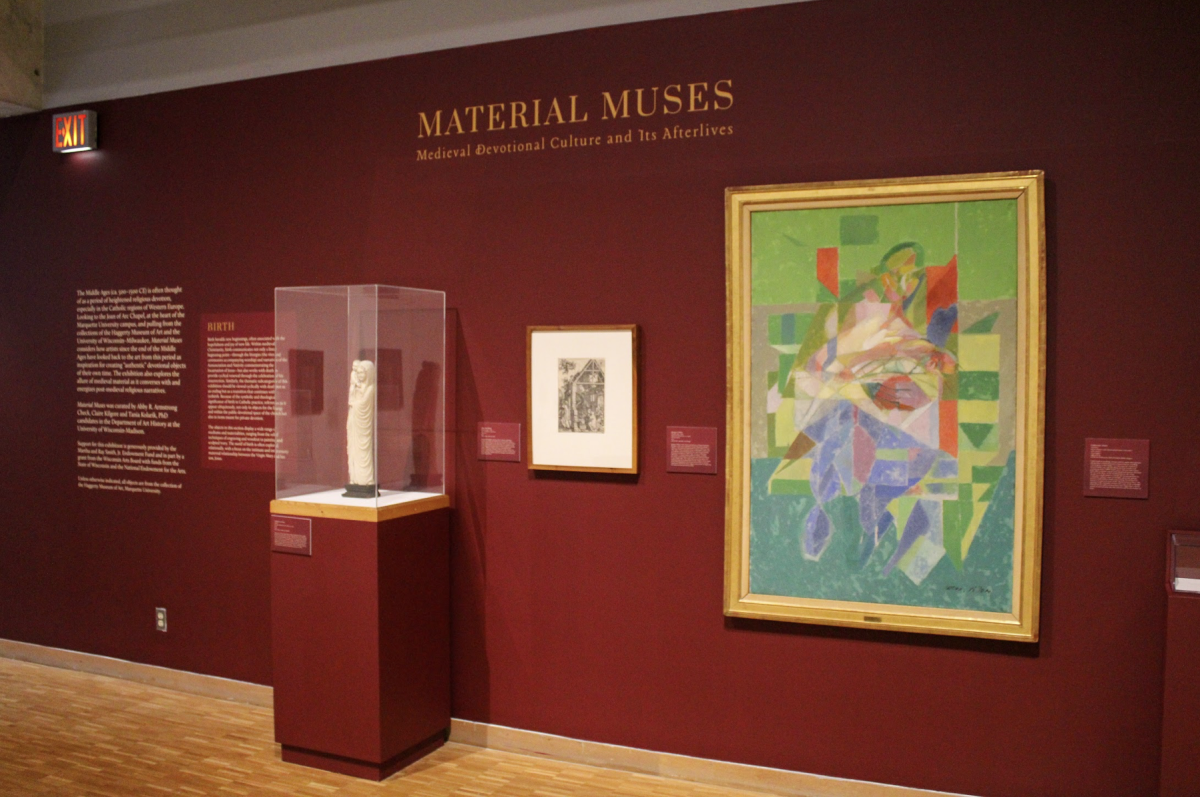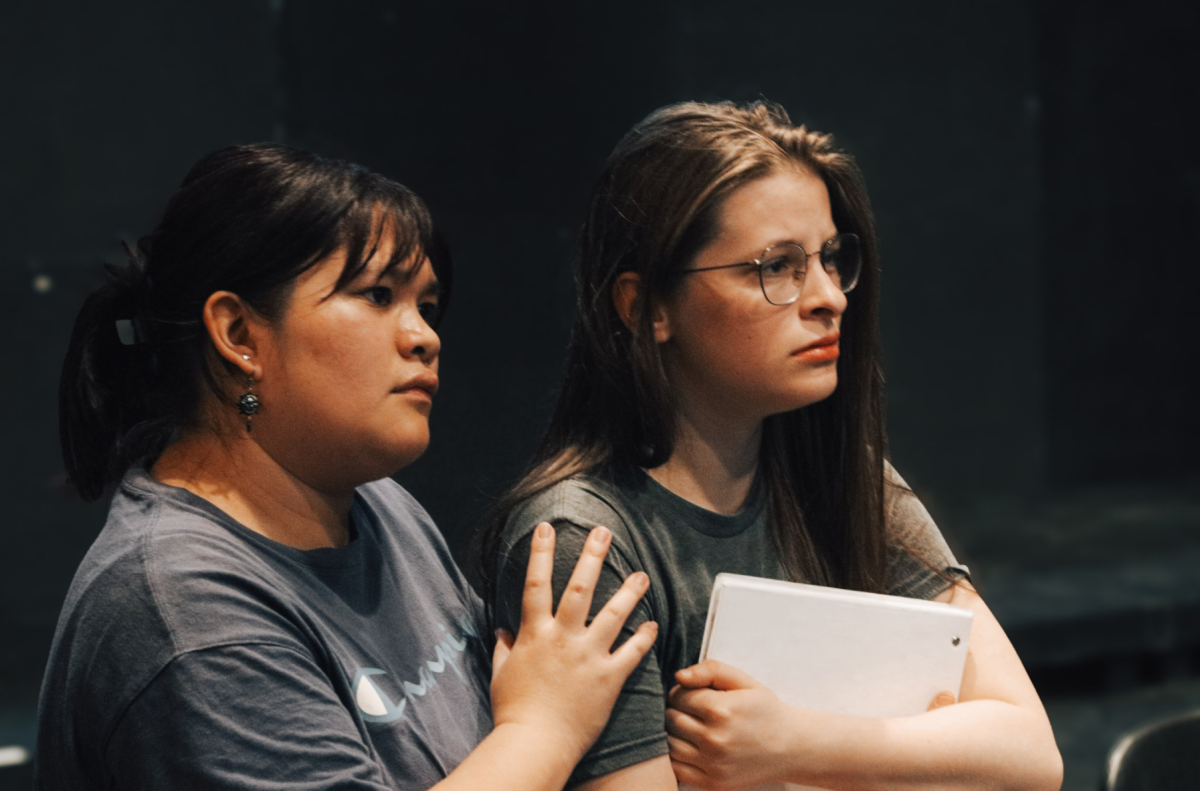Staff at the Haggerty Museum of Art hope to engage students and get them thinking about women’s representation in art over time by showcasing new exhibits inspired by other Marquette events.
The Haggerty opens its new exhibits on Thursday, Jan. 21. The four exhibits will include both historic and contemporary artists in a wide range of mediums and will remain open through May 22. Supplemental events, such as talks from artists and musical performances, will occur throughout the semester.
The overarching themes of the new exhibits are strong women and women reading. The themes were chosen due to Marquette Theater’s theme, Strong Women, as well as the 50th dedication anniversary of the Joan of Arc Chapel.
“We really think it’s important to align ourselves with major things happening at Marquette,” said Susan Longhenry, director and chief curator of the Haggerty.
Exhibits include: “Reading Women” by Carrie Schneider, “Bijinha: Picturing Women in Japanese Prints” curated by Dr. Hilary Snow, “Joan of Arc: Highlights from the Permanent Collection” and “Page Turners: Women and Letters” curated by Rachel Funari.
The Joan of Arc exhibit shows Joan at various stages in her life. One piece shows her as a warrior, and another as a peasant. A different painting of Joan shows her looking down, as it was meant to be placed in a church dome. It would have created the feeling of being watched over. Each piece tries to depict a unique perspective. Some of the pieces were owned by the museum and others were borrowed.
Schneider’s “Reading Women” utilizes both film and photography, which create elements of reality and truth. Sixteen of the 100 photos the artist took are on display in the exhibit. Schneider asked friends and colleagues to select a book written by a female and location. She then took a two hour long video of each woman reading her chosen book in their personal space and then selected a photograph from the video.
There is a film available for viewing. The film includes clips of the women reading from each of their respective films. Each time a woman turns a page, the film cuts to a different woman. The film is four hours long. Something visitors may find interesting is comparing the film clips to the videos.
Longhenry said she finds watching someone read to be interesting. She thinks the videos highlight how immersed and engrossed reading truly can be.
“We’re watching her and that feels a little bit like she’s the subject now,” Longhenry said. “When I first saw this work it felt a little voyeuristic to me. But I think that’s whats clever and interesting about it is that it’s the act of reading, the act of looking.”
The exhibit also includes a bookshelf with all of the books featured in the portraits. Visitors are welcomed and encouraged to stay and read.
“Page Turners: Women and Letters” attempts to complement Schneider’s work by showing women reading in more historic periods. Women were often shown in domestic or provocative scenes. Showing women doing something considered intellectual was not the norm and each artist tries to deal with that in their own way. Some artists attempted humor in their work.
The Aliefia Reading Circle, a women’s reading group in Milwaukee founded in 1888, is featured. Records and documentation are on display. Next to this display is a collection of pictures from the Marquette archives that feature women reading.
“Bijinha: Picturing Women in Japanese Prints,” comprised of woodblock prints, represents Japanese culture. Bijin means beautiful women. This exhibit emphasizes the various depictions of Japanese women through the ages, as well as highlights their cultural differences.
The museum often hosts class visits that are arranged by their professors, contributing to their more than 10,000 visitors each year. With these new exhibits, the staff sees takeaways for students beyond interpreting art.
“I hope that it provokes them to think about the representation of women, about the importance of reading,” Longhenry said. “I hope that they learn something about the Japanese culture.”











